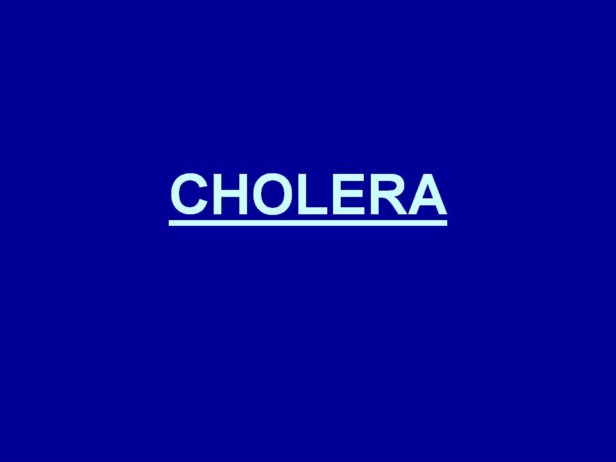 |
Cholera is a severe bacterial infection caused by the bacteria
Vibrio cholerae,
which primarily affects the small intestine and the main symptoms include
production of profuse watery diarrhea and vomiting. Transmission is
primarily by the acquisition of the pathogen through contaminated drinking
water or infected food. The severity of the diarrhea and associated vomiting
can lead to rapid dehydration (hypohydration) and electrolyte loss. If these
are not replaced then death may follow. Cholera likely has its origins in
and is endemic to the Indian subcontinent. The disease spread by trade
routes (land and sea) to Russia, then to Western Europe, and from Europe to
North America. Cholera is now no longer considered a pressing health threat
in Europe and North America due to filtering and chlorination of water
supplies, but still heavily affects populations in developing countries.
|
